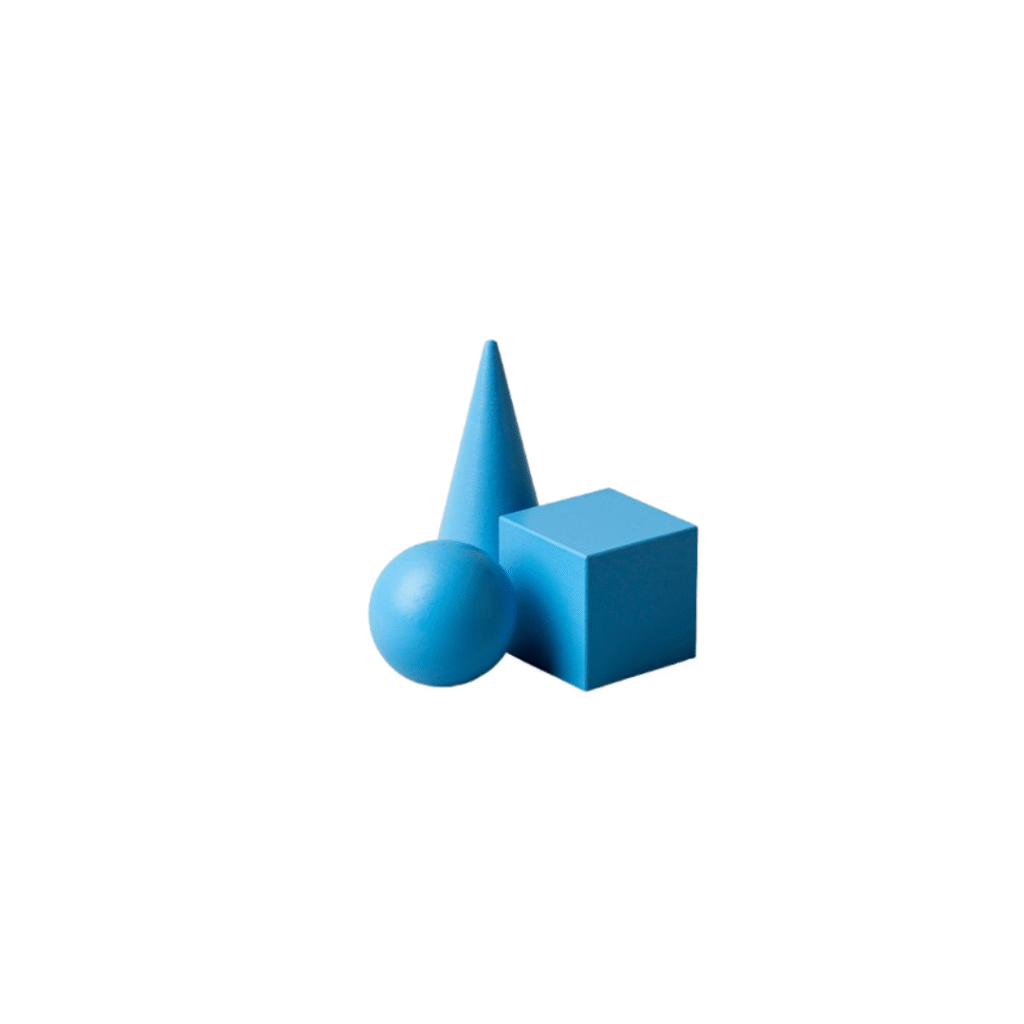Electricity: The Simple Electric Circuit
Explore the basic components required to form a working circuit. Understand the conditions necessary for **electric current** to flow and differentiate between **conductors** and **insulators**.
Key Components and Concepts
▼- **Source:** A cell or battery (provides energy/voltage).
- **Load:** A bulb or motor (consumes energy).
- **Connecting Wires:** Provides a path for current.
- **Switch:** A key/device to open or close the circuit.
Electric current flows only when the circuit is **closed** (a continuous path exists) and there is a **potential difference** (voltage) across it. Current flows from the cell's positive (+) terminal to the negative (-) terminal (conventional flow).
Experiment 1: Circuit Status Simulation
Toggle the components to see the necessary conditions for the bulb to glow.
The circuit is OPEN. Current cannot flow.
Experiment 2: Conductor vs. Insulator Challenge
Identify if the given material is a conductor (allows current) or an insulator (blocks current).
By convention, electric current flows from the **positive terminal** of a cell to the **negative terminal**. Note that the actual flow of **electrons** is in the opposite direction (negative to positive).
Effects of Electric Current
When current flows through a wire, electrical energy is converted into **heat energy** due to the resistance of the wire. This effect is used in devices like electric heaters and fuses.
An electric current produces a **magnetic field** around the conductor. This is the basis of electromagnets and electric bells.
Passing current through certain liquids (electrolytes) causes a **chemical reaction**, a phenomenon used in electroplating.


